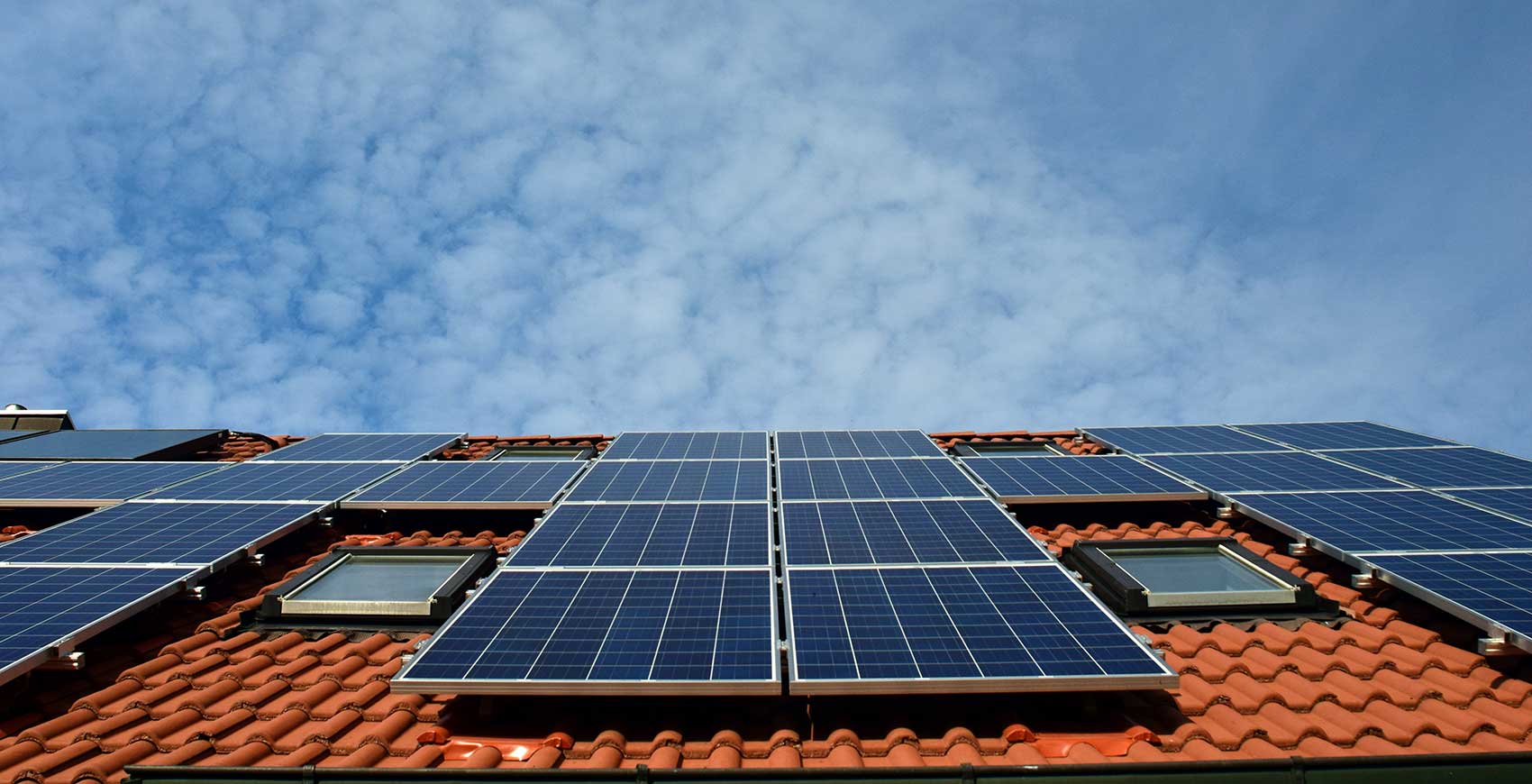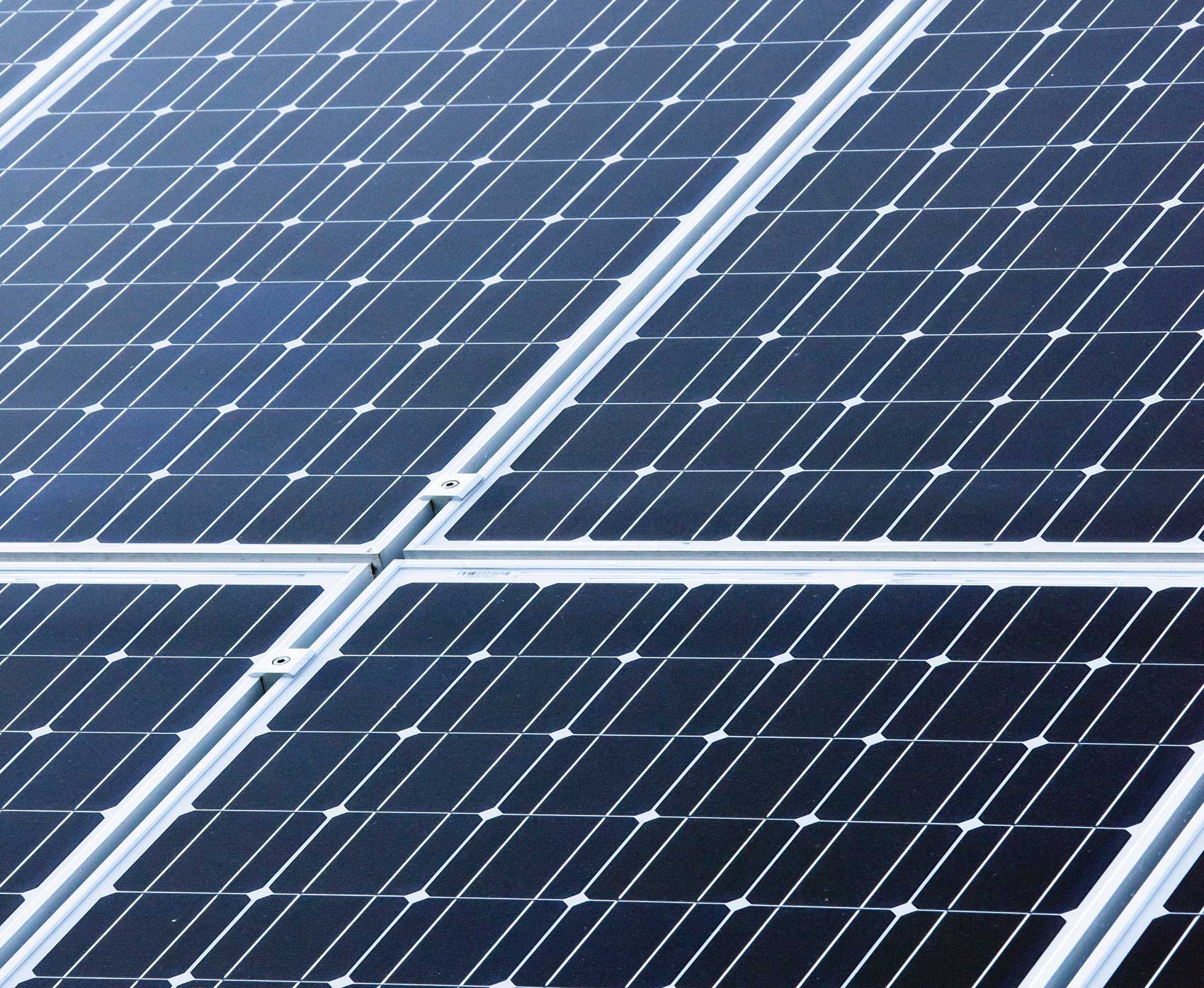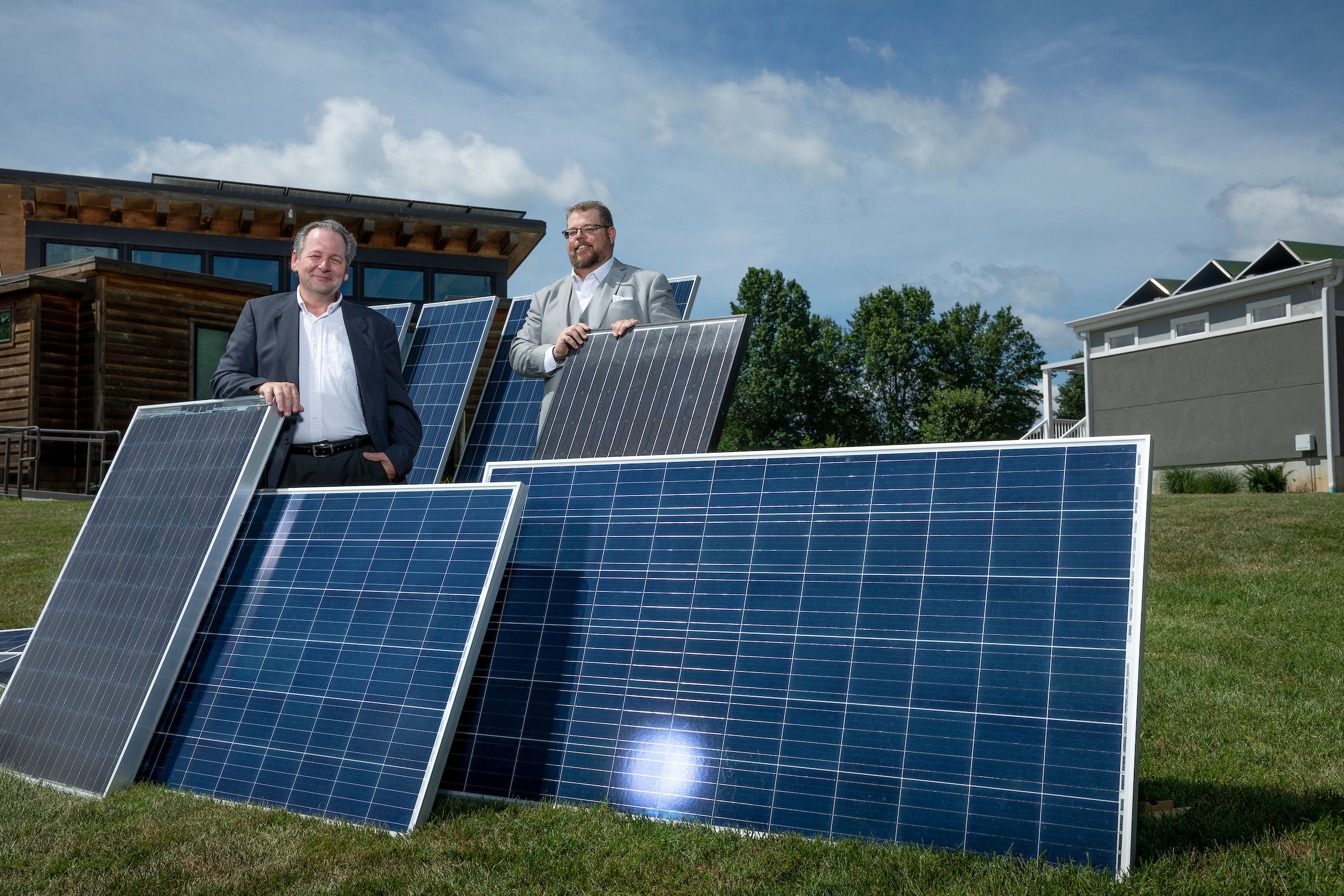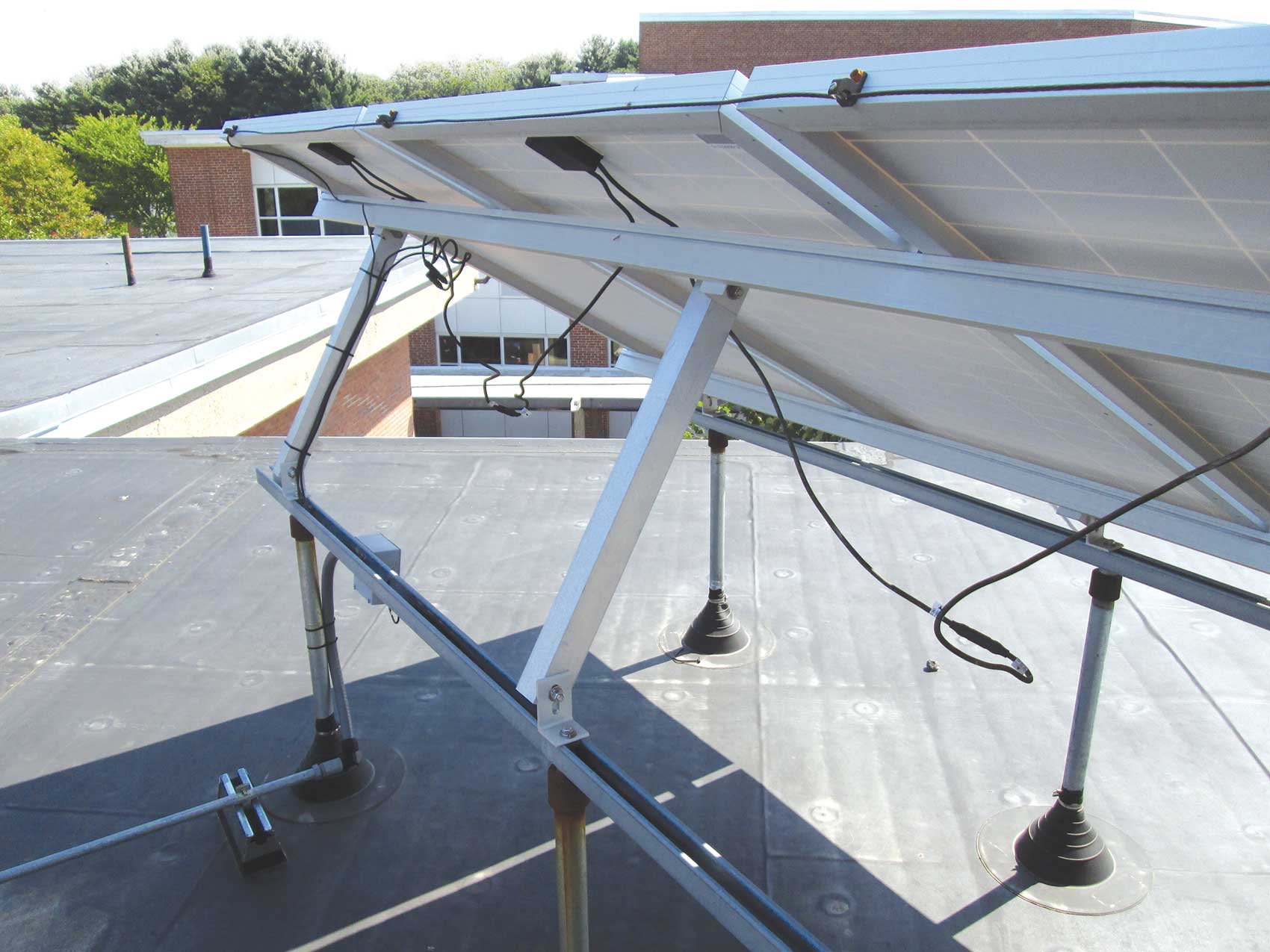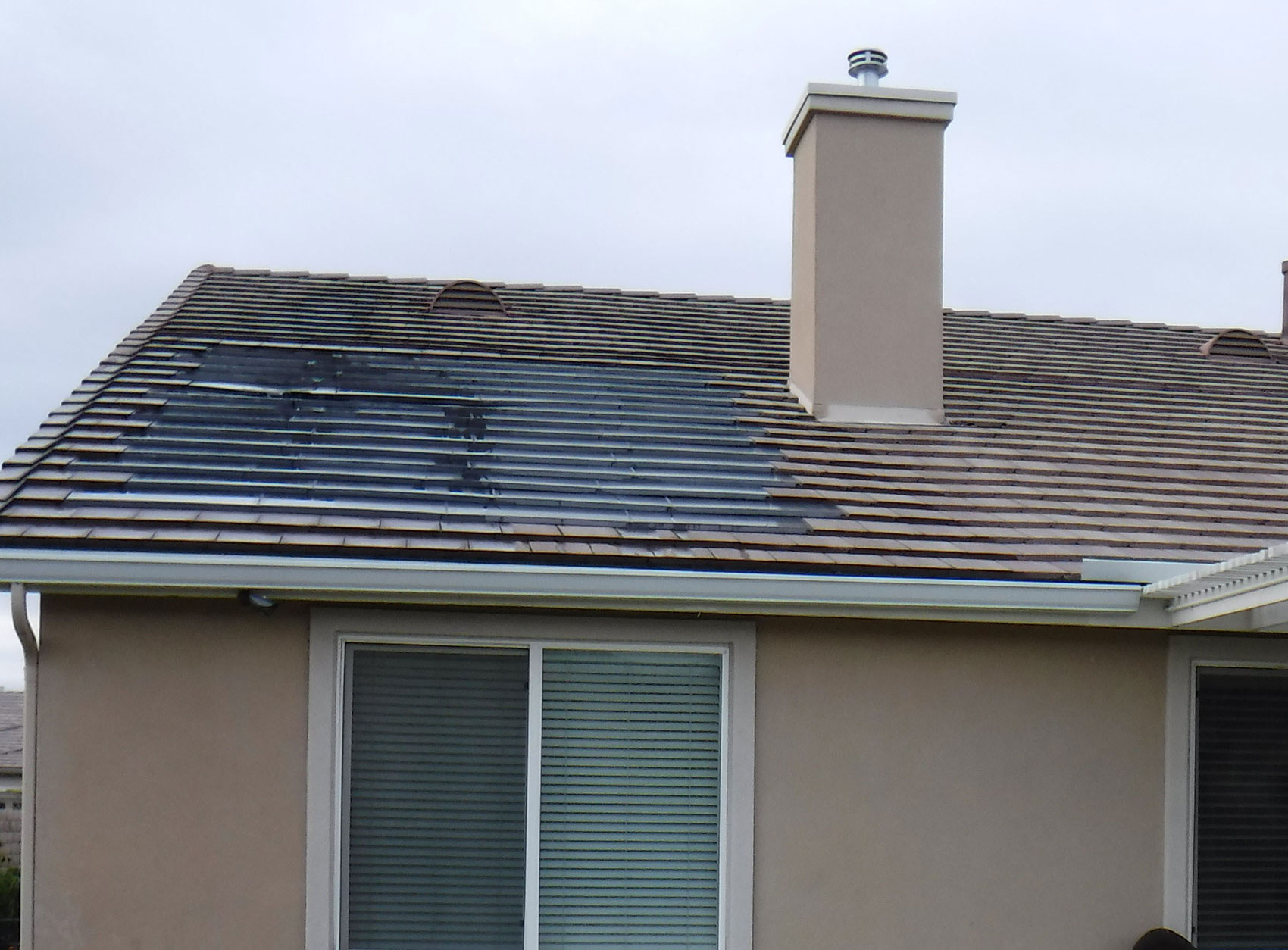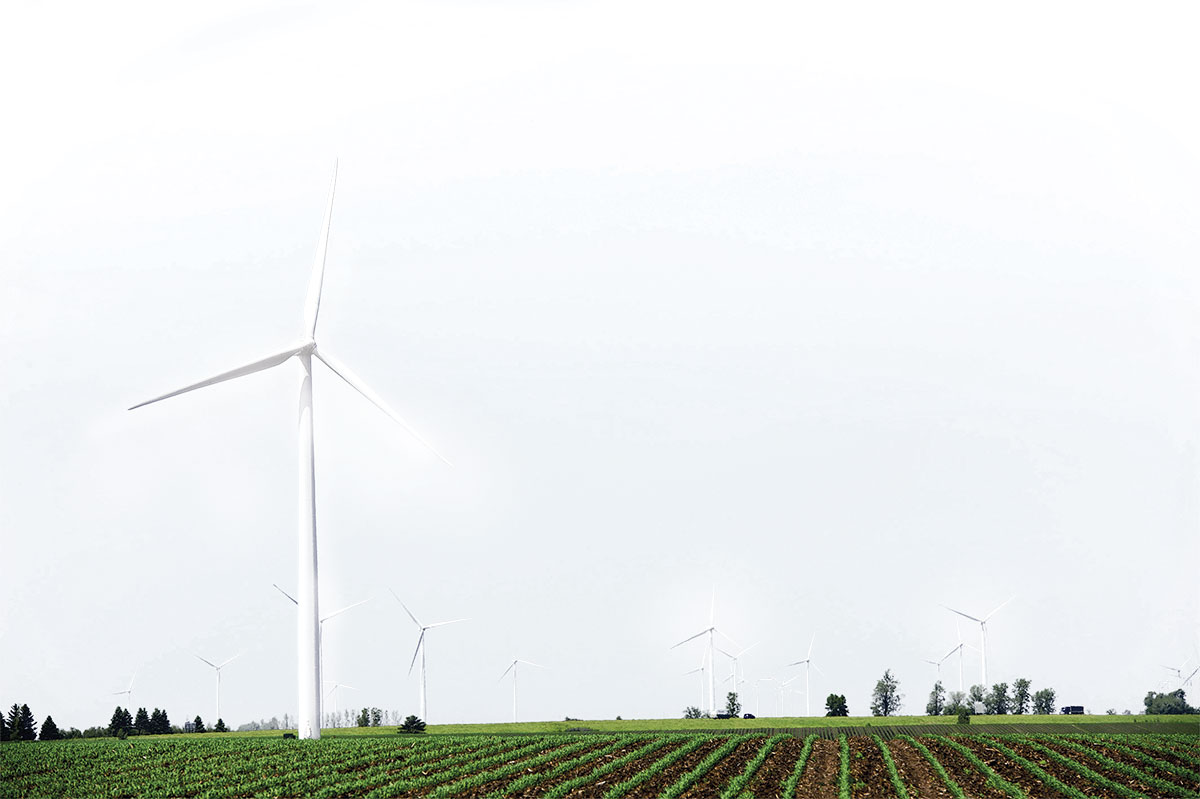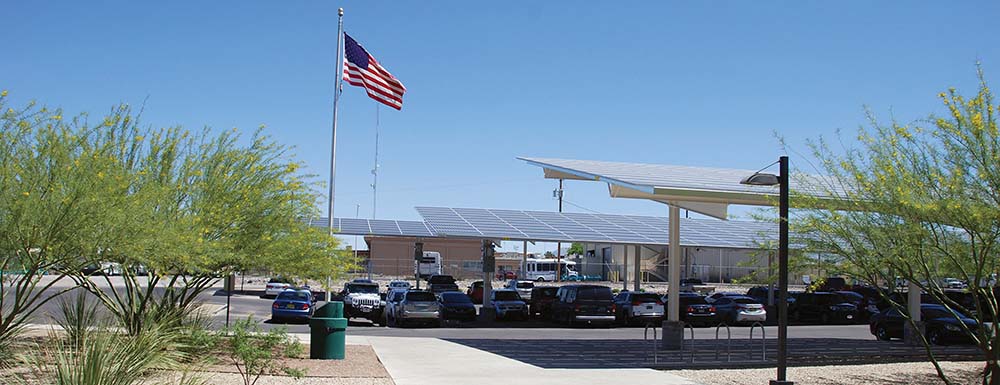Let’s take a look at some of the more significant changes impacting photovoltaic (PV) installations once the 2020 National Electrical Code (NEC) is validated by the NFPA Standards Council.
With new technologies, safety standards must be in place to protect both equipment and workers in wind electric production facilities.
Take this quiz on solar photovoltaic requirements in the 2017 National Electrical Code to test your code knowledge; have your codebook ready!
Researchers at Missouri University of Science and Technology hope to help modify state- and local-level recycling efforts by educating current owners about disposal options.
New and exciting improvements in the photovoltaic (PV) modules and PV systems are occurring each day.
By now, we’ve all had the opportunity to experience a PV wiring system, whether installing, inspecting, or encountering alongside other electrical work.
Following a rooftop fire in a PV system, an AHJ was requested by the building department to inspect the damaged area and assist in the investigation of the cause of the fire.
Wind energy? Is this natural resource going to be the future for electric generation? Electric wind generation technology has come a long way.
Continuing education is critical. It will be mandatory to use all available communication devices and advanced tools at our disposal to effectively plan, review, and inspect the current and next generation of PV systems.

